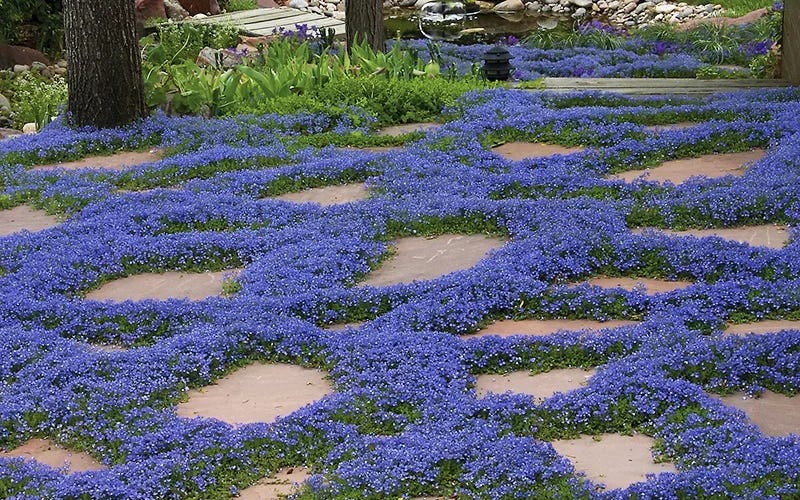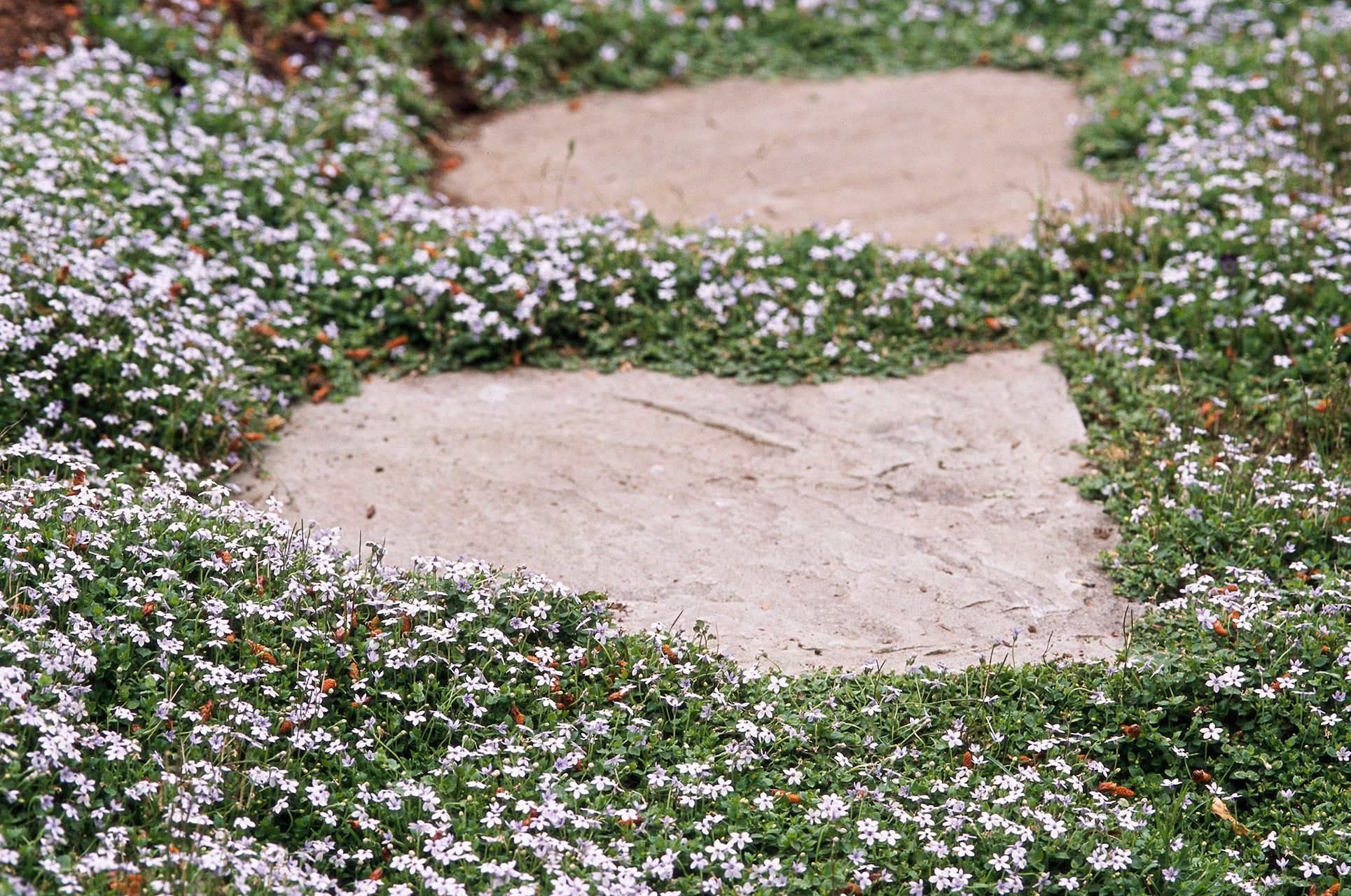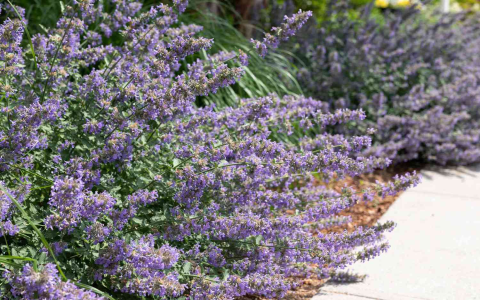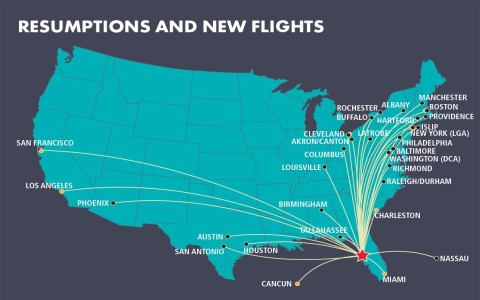Ground Cover for Heavy Foot Traffic: The Backbone of Durable Landscapes
Imagine a public garden where visitors meander through colorful flower beds, children run and play on lush lawns, and maintenance staff navigate pathways with heavy equipment. This space might seem enduringly beautiful, but it’s the ground cover that bears the brunt of this heavy foot traffic. Here, we explore how selecting the right species of ground cover can transform high-use areas into landscapes that are not only visually appealing but also durable and resilient.

When planning for areas with intense usage, it’s imperative to choose ground cover plants that can endure being stepped on or run over frequently. Such plants need traits like resilience, growth vigor, and the ability to recover quickly from damage. Below, we delve into some of the best options for these challenging environments:
Vinca Minor, commonly known as periwinkle, thrives in shade to partial shade. This perennial plant forms a thick carpet of dark green leaves, featuring small violet-blue flowers in spring. Its hardy nature suits it for planting under trees or along walkways where pedestrian traffic is constant.
Moving on to Dymondia Margaflora, also known as silver carpet. This plant, although not truly a grass, provides an alternative to traditional lawns in sunny locations. With its silvery leaves and tiny yellow flowers, Dymondia offers subtle beauty combined with tough charm, requiring minimal care once established and withstanding heavy traffic thanks to its matting growth.
For those seeking something more versatile, Lawn Clover (Trifolium repens) could be the answer. Known for its nitrogen-fixing qualities, it improves soil health while surviving in areas that see vigorous footfall. Clover’s adaptability, once a feature of traditional lawns, is now returning in contemporary landscape designs due to its eco-friendly benefits and its robustness against wear.
Creeping Thyme (Thymus serpyllum) is a unique player in this arena. With its aromatic foliage and tiny pink or purple flowers, it forms a soft, walkable groundcover that fills the air with fragrance with every step. This low-growing herb is particularly suited for pathways in rock gardens or as a border plant along high-traffic areas.
However, choosing the right ground cover isn’t just about resilience; aesthetics too play a crucial role. Imagine, for instance, the visual delight when the sun highlights the silvery leaves of Dymondia or the vibrant blue flowers of Vinca minor contrast with the greenery. These elements can elevate a simple garden walk into a visual experience that captivates visitors.
In regions with colder climates, Irish Moss (Sagina subulata) can be a charming addition. Although more suited for light foot traffic, once rooted, it withstands minimal heavy impacts, creating a ethereal carpet of green that softens hardscape environments.
Balancing beauty with brute resilience, these ground covers not only manage to keep spaces green against the wear and tear but also bring unique microcosms to life. Landscape designers often integrate local biodiversity principles by choosing plant species well-adapted to the district’s climate, ensuring that these groundcovers contribute positively to ecological systems.

Selecting ground cover for high-traffic zones is essentially about melding functionality with beauty, durability with design. Whether it’s the soft hues of creeping thyme, the hardiness of clover, or the striking look of s the s il ver carpet, each species brings its own merits. By carefully choosing these plants, we can achieve landscapes that endure the rush of daily activity while providing a serene experience that rejuvenates and invites further exploration. Remember, in landscaping, as in many fields, lasting beauty combines both form and function, rooted deeply in the earth we tread upon.



